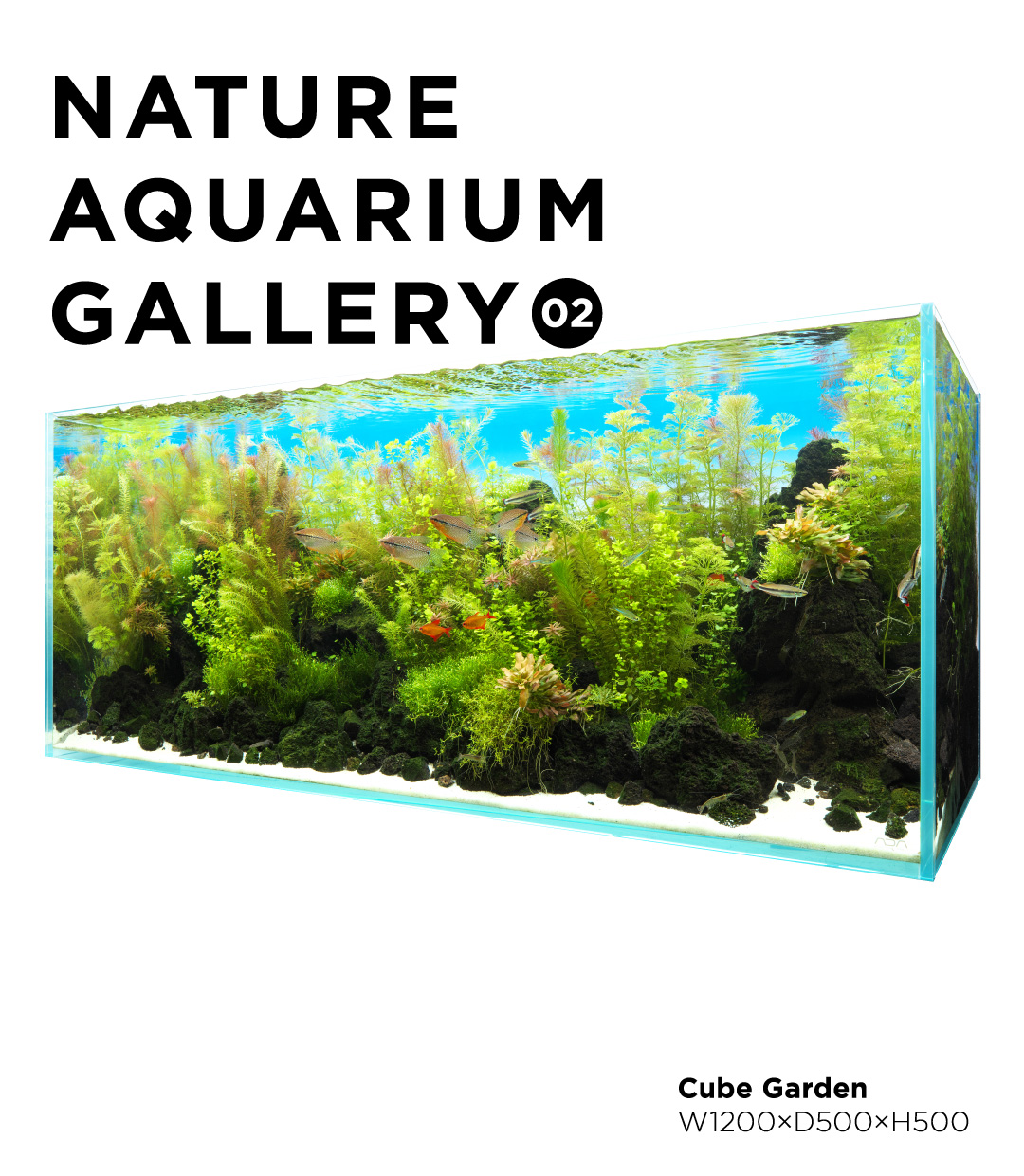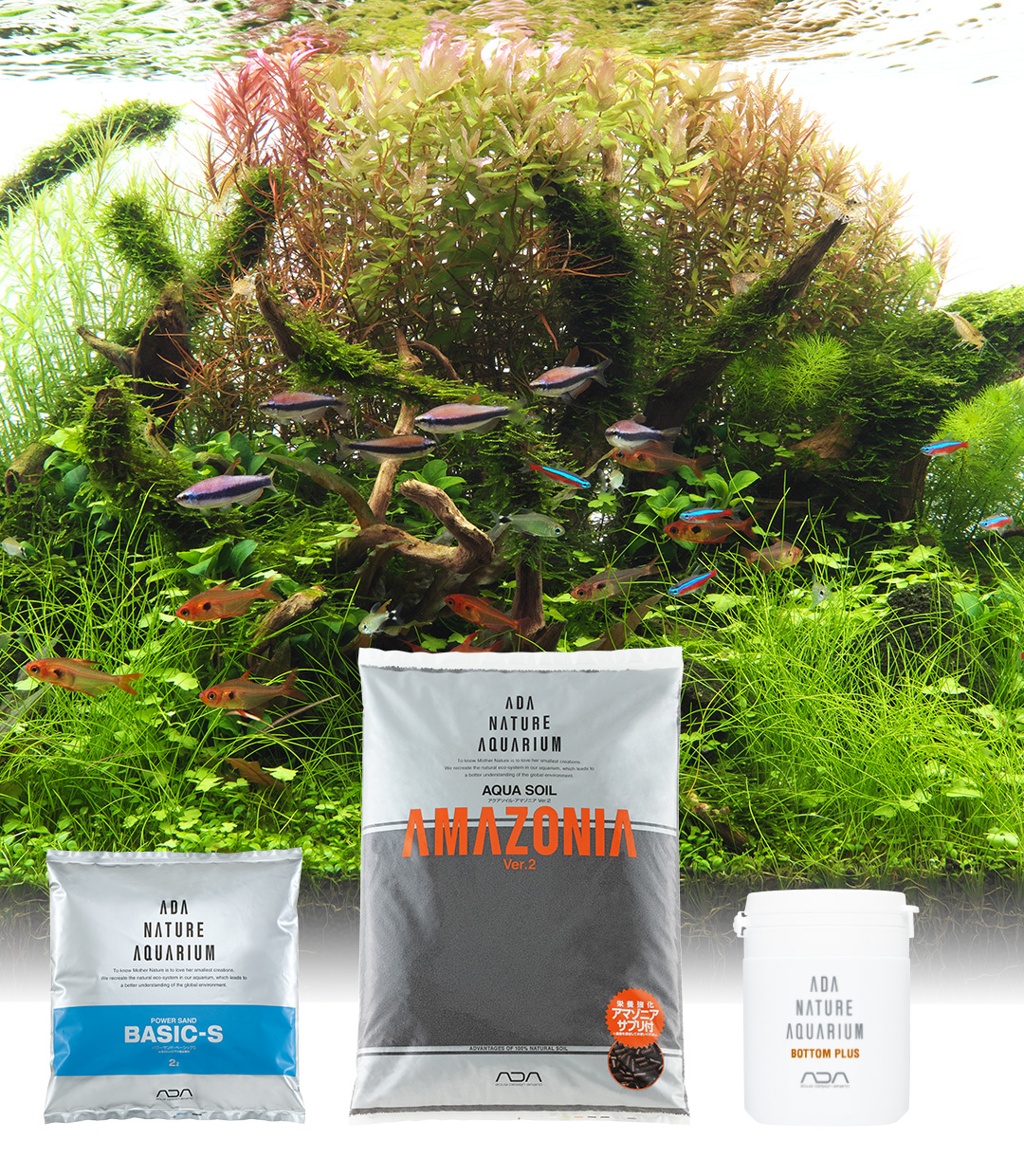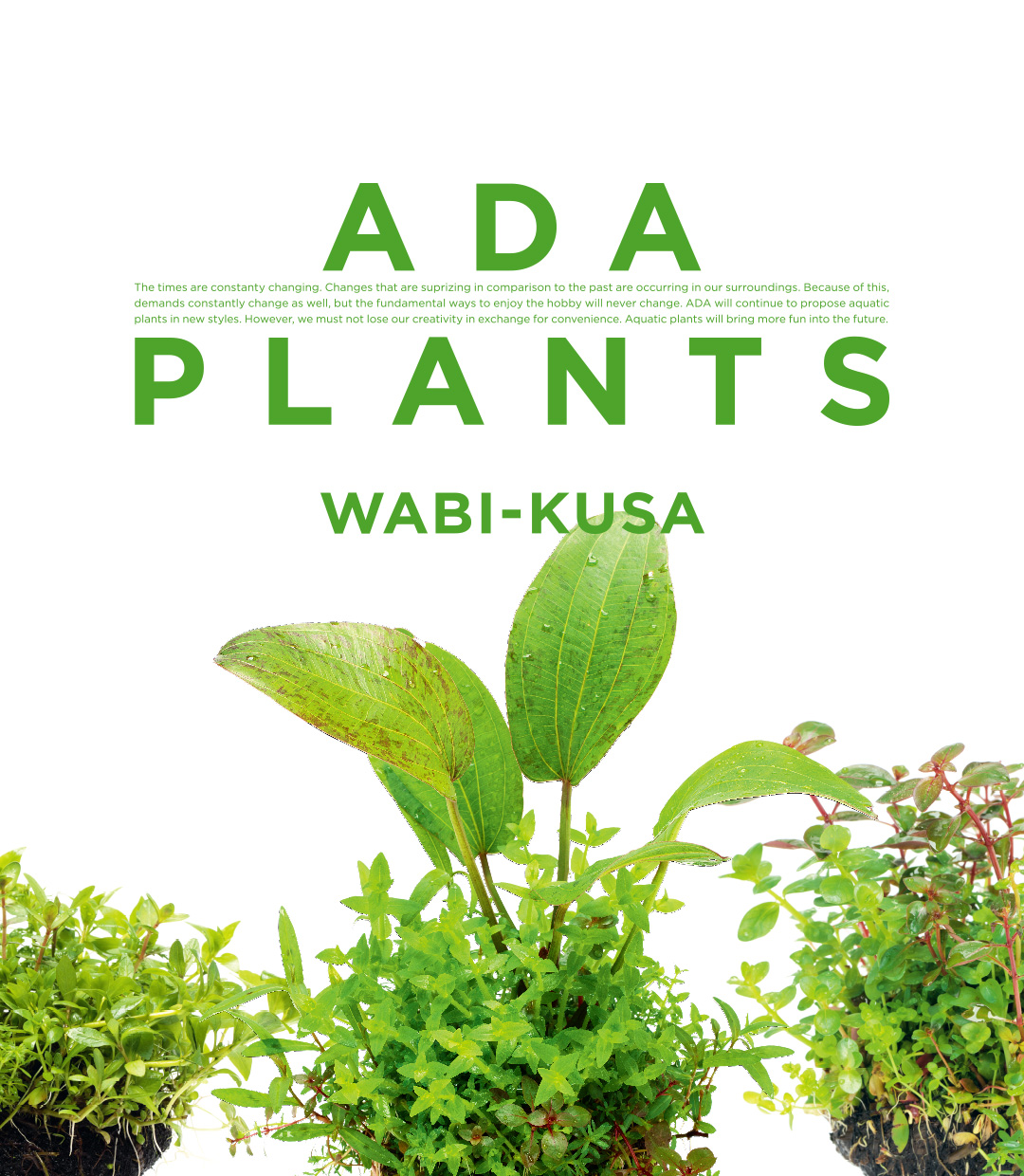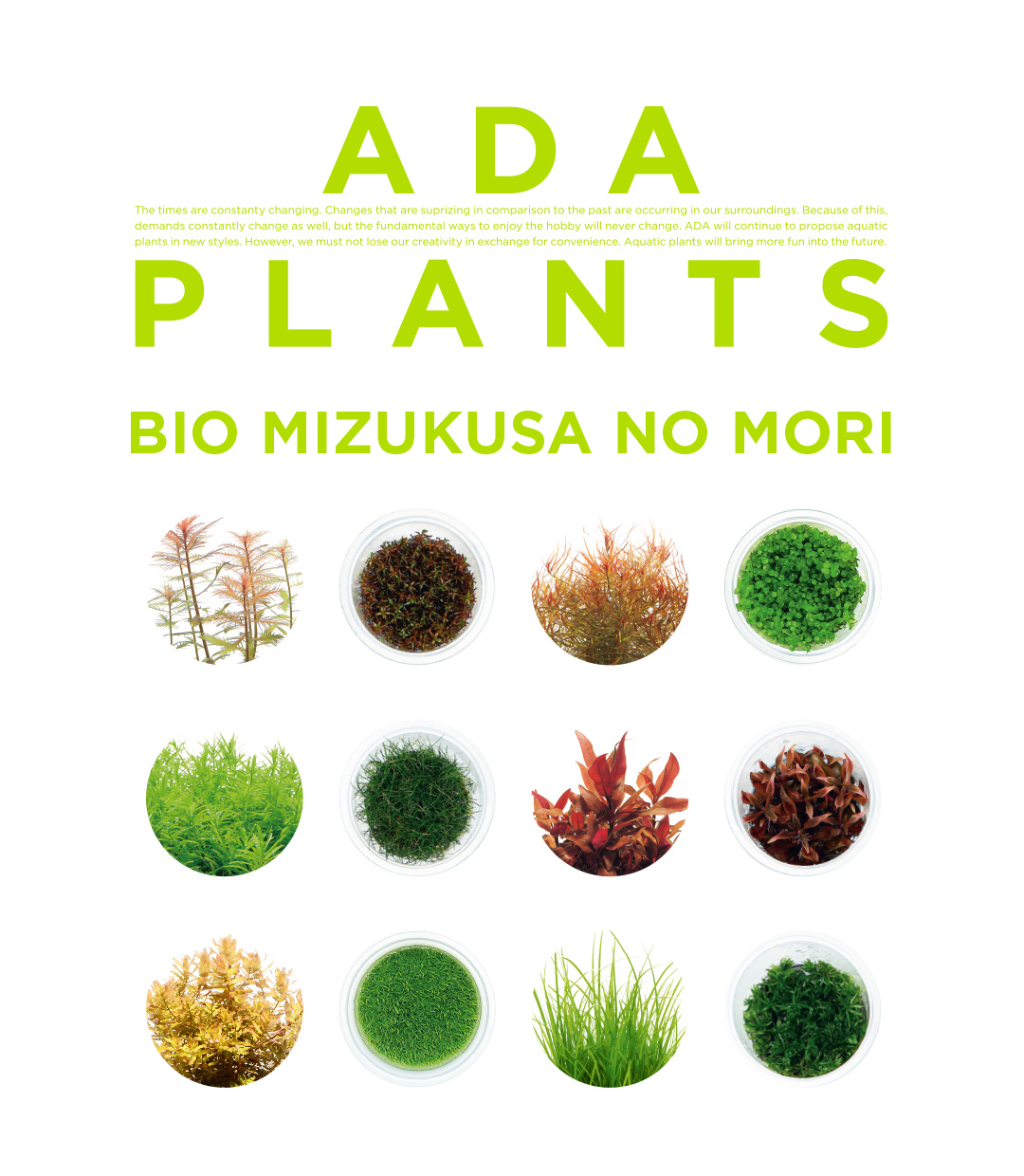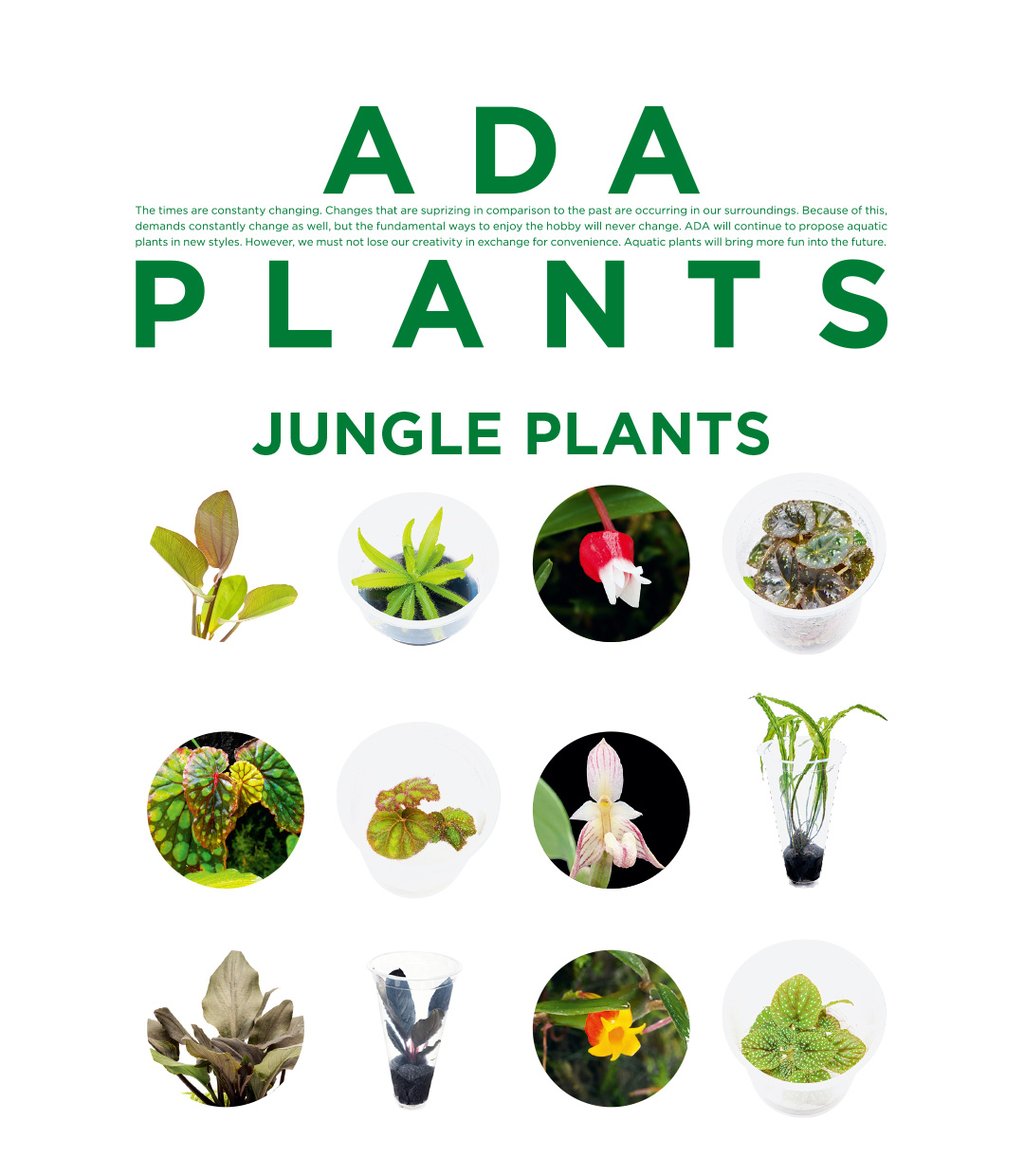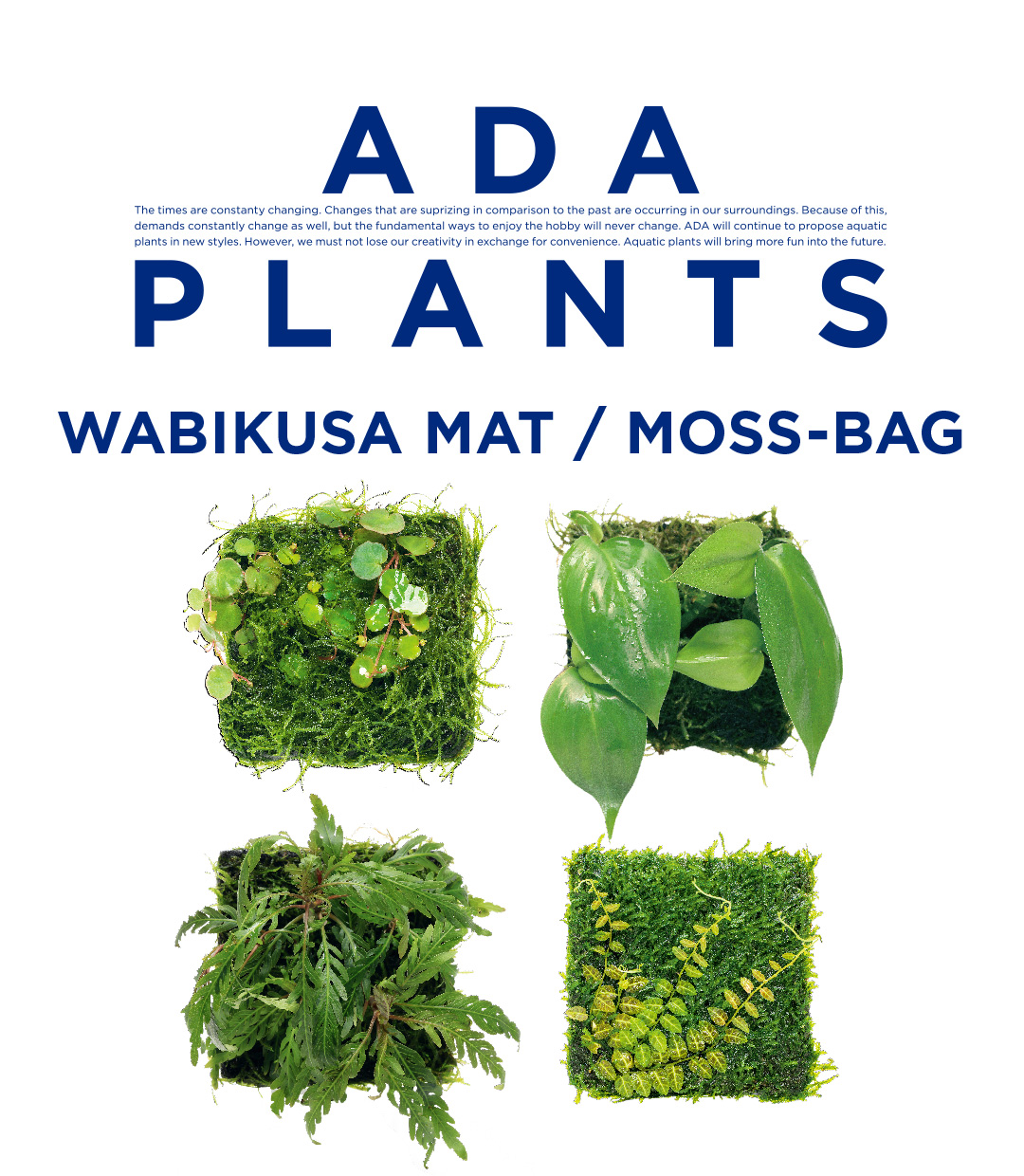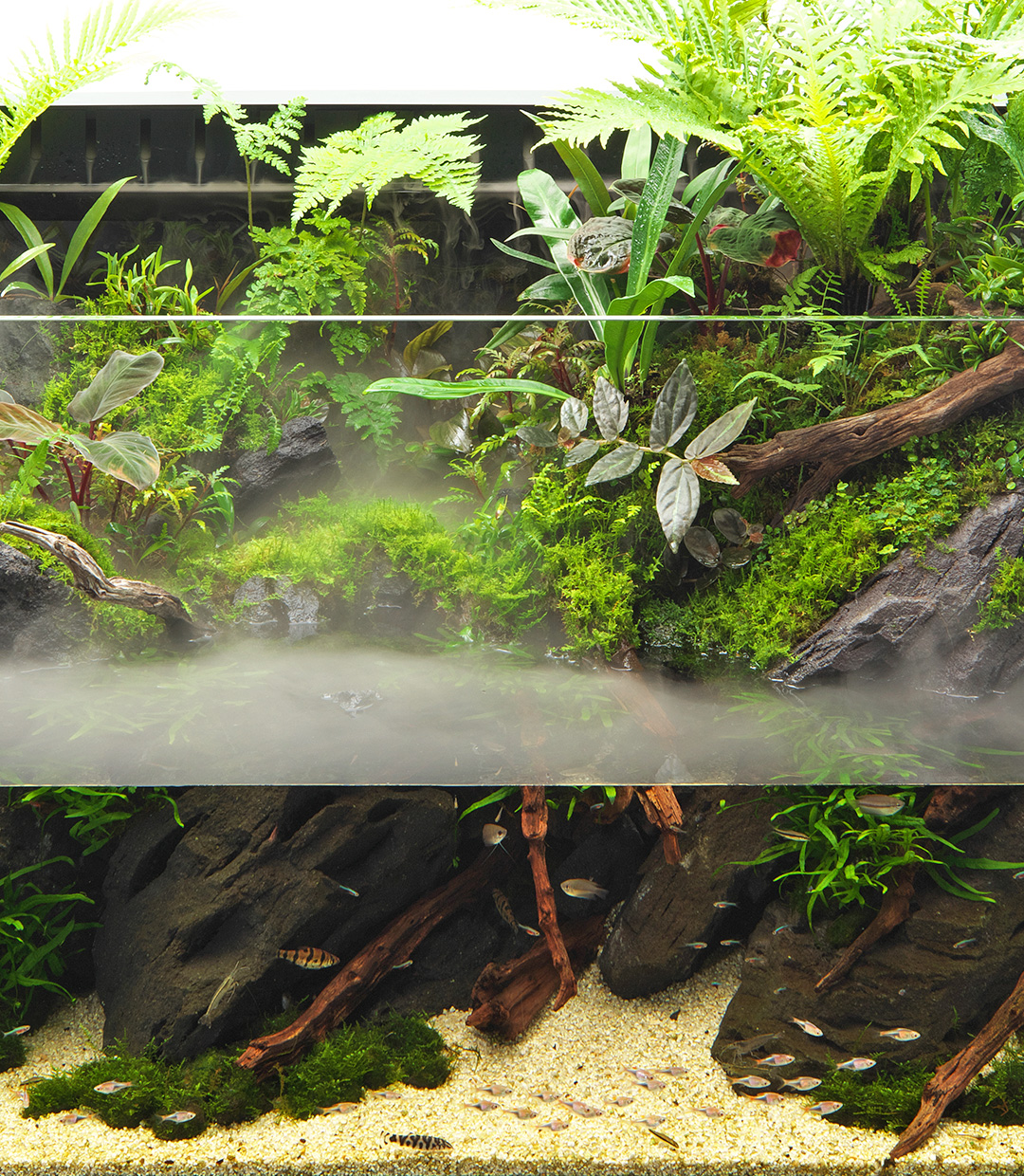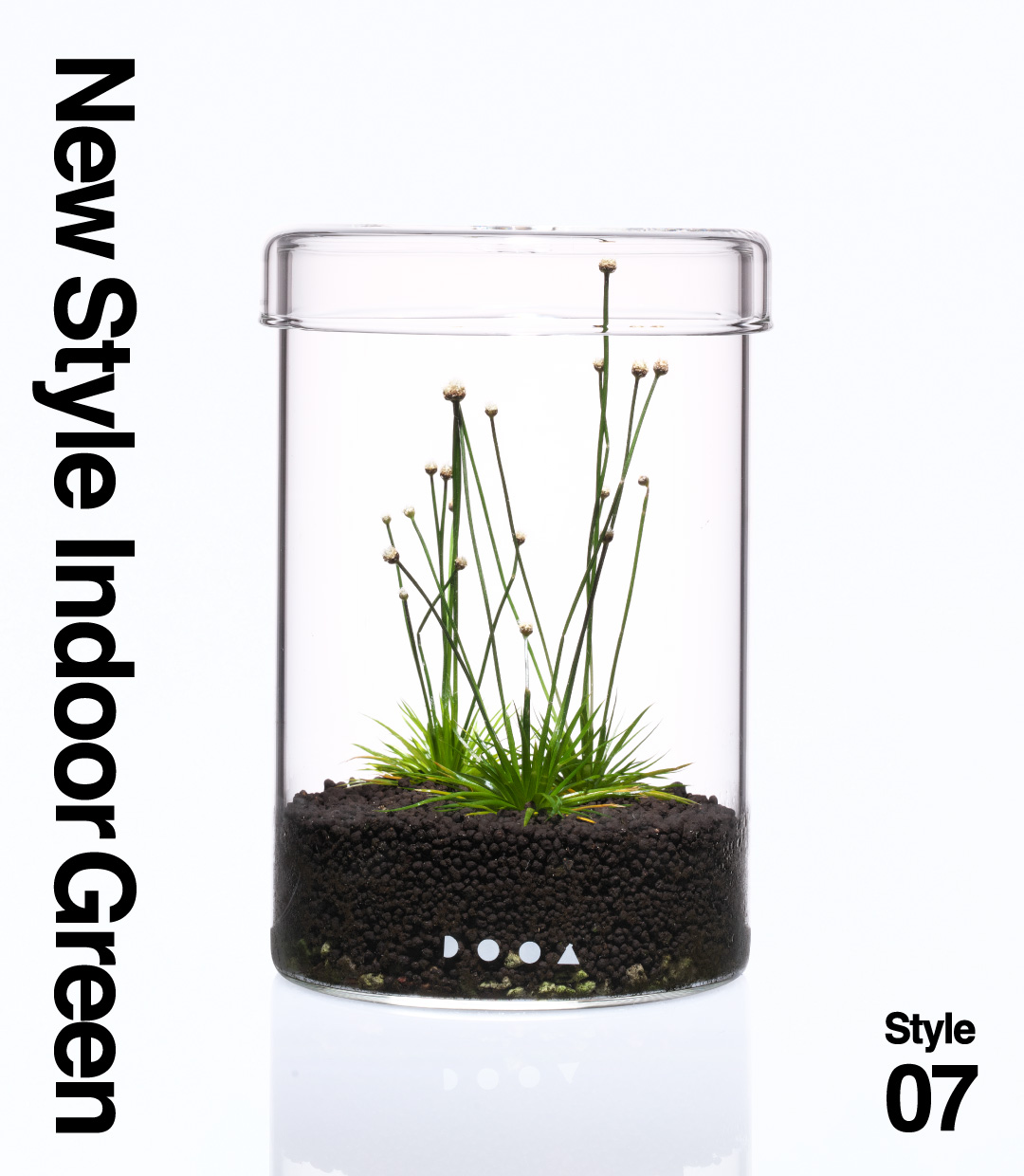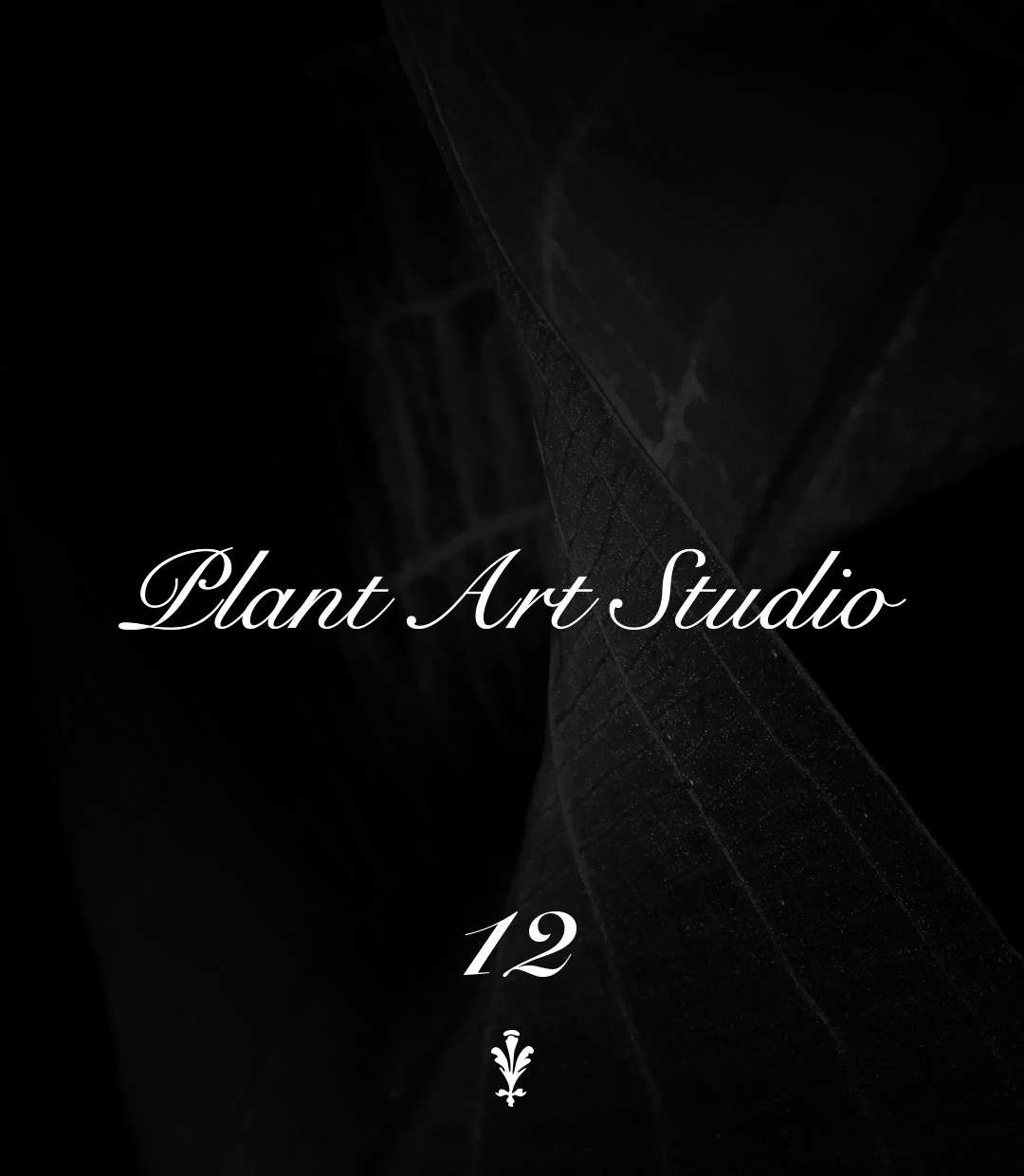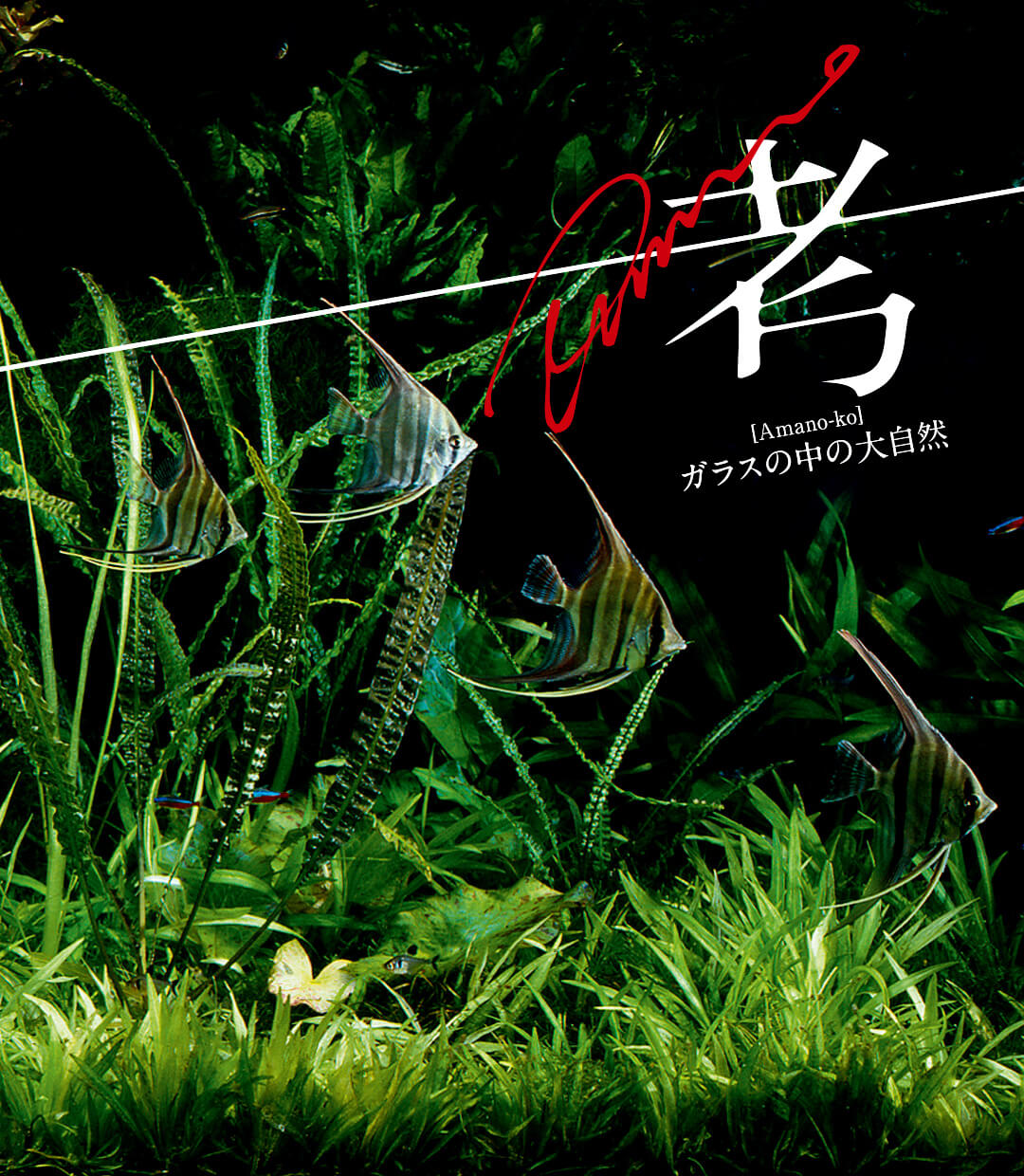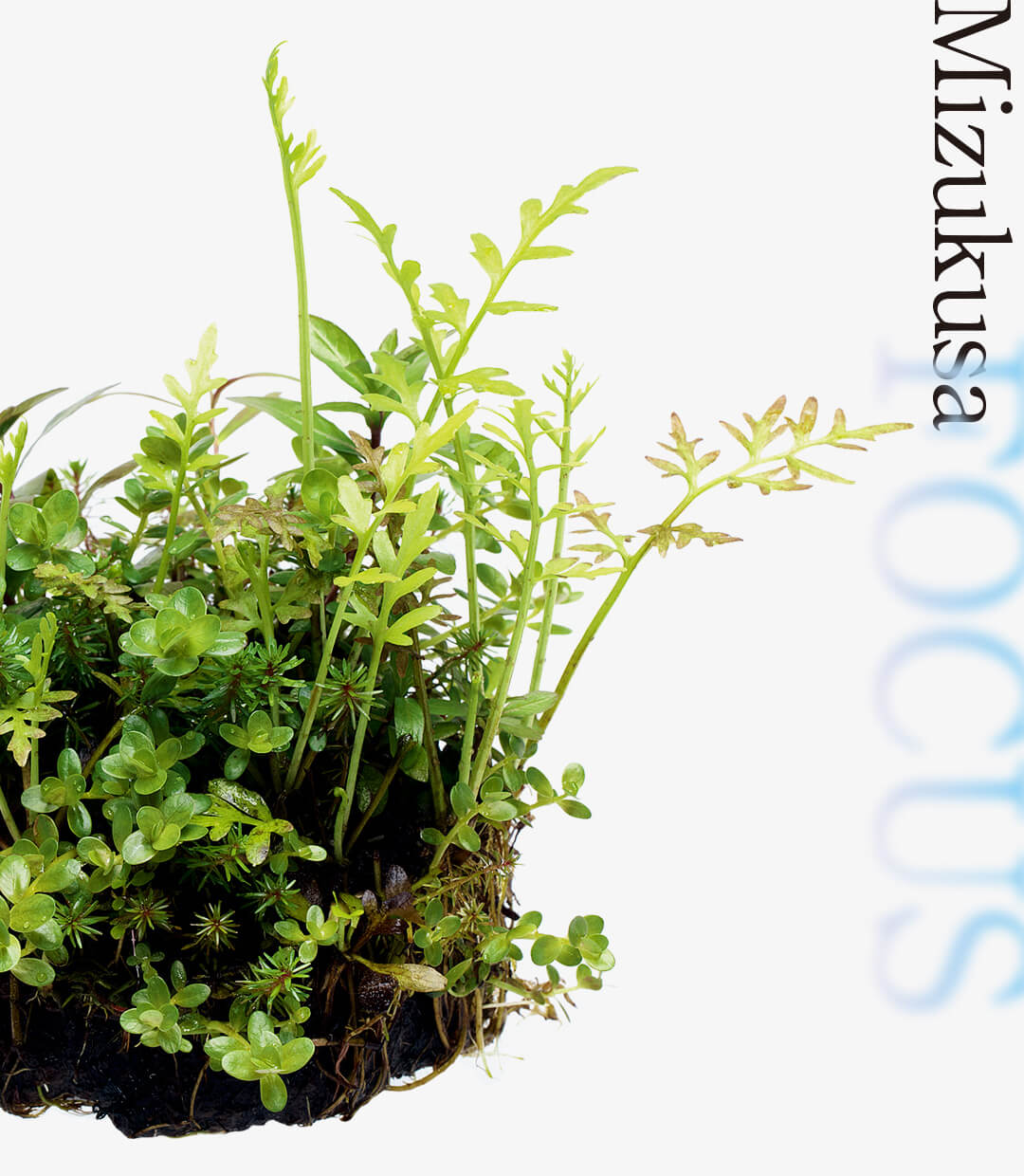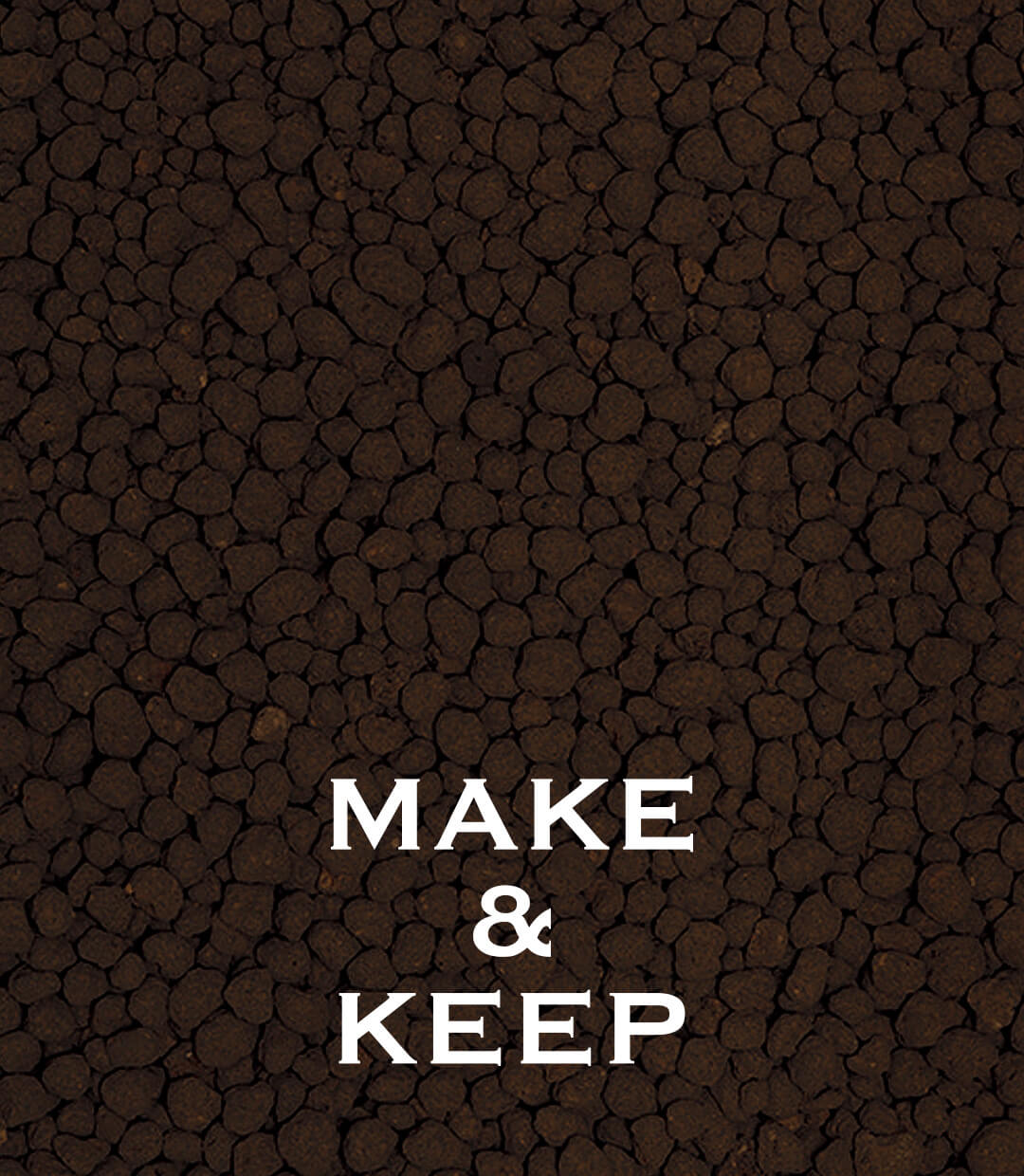ADA PLANTS ‘Wabi-Kusa’
Start growing aquatic plants easily by simply placing them!
Experience not required, Tweezers not needed, but lush planting can be realized.
Wabi-Kusa can be simply enjoyed above water as well. Why don’t you start living with aquatic plants from today on?
Mixed
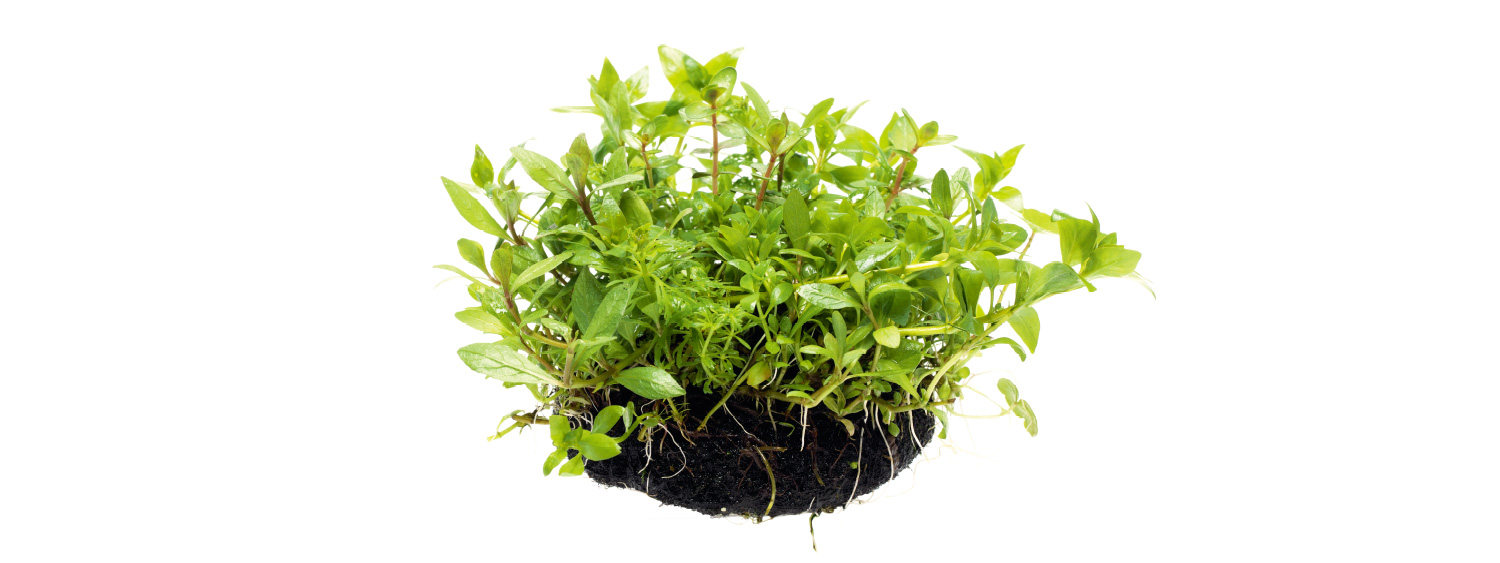
Wabi-Kusa Stem MIX 9Ø
The most standard Wabi-Kusa. Versatile aquatic plants can grow as terrestrial, emersed and aquatic.
The most standard Wabi-Kusa. Versatile aquatic plants can grow as terrestrial, emersed and aquatic.
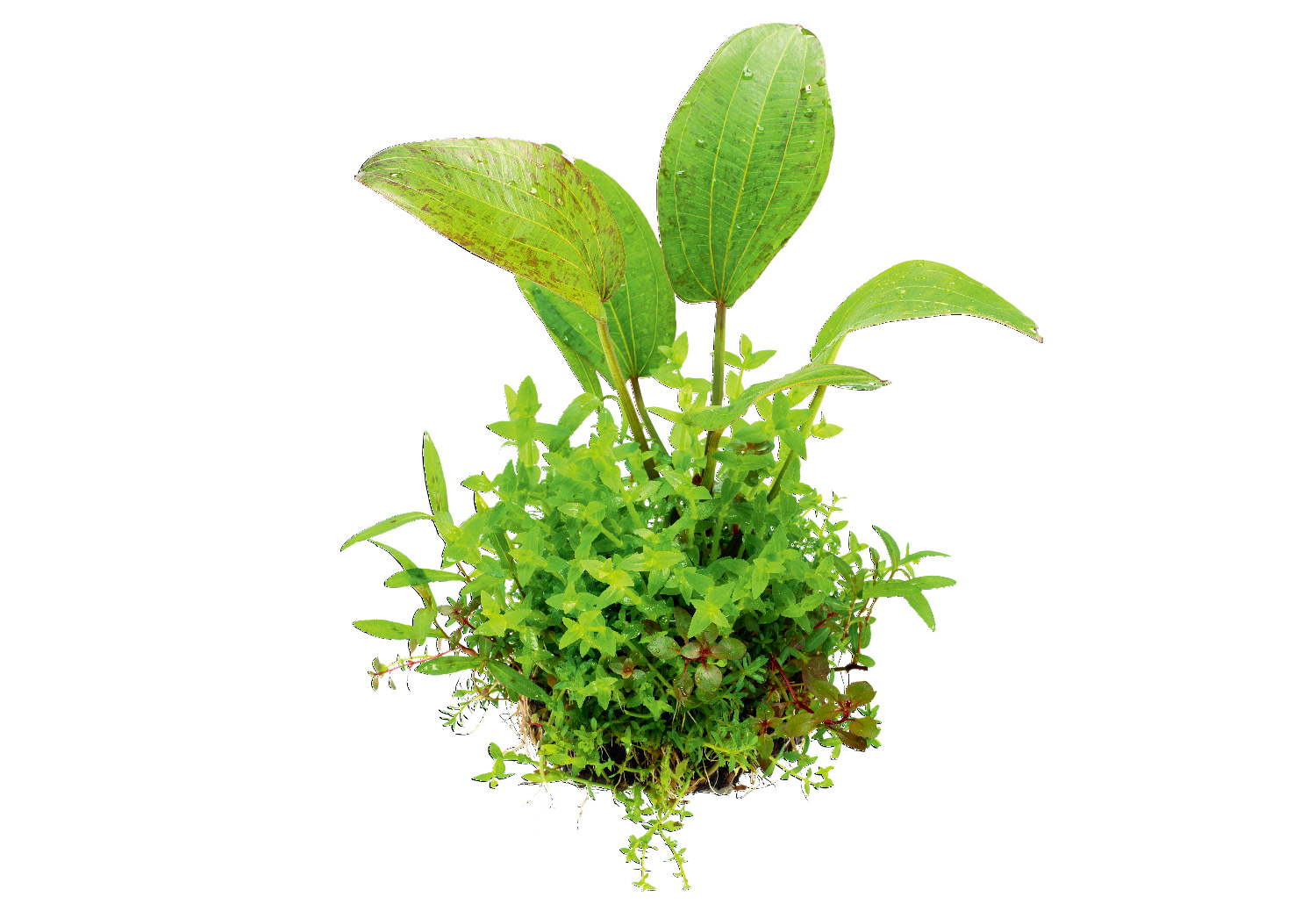
Wabi-Kusa Echinodorus & Cryptocoryne MIX 9Ø
Main aquatic plants and stem plants can be cultivated together. A wide variety of Echinodorus and Cryptocoryne is available.
Main aquatic plants and stem plants can be cultivated together. A wide variety of Echinodorus and Cryptocoryne is available.
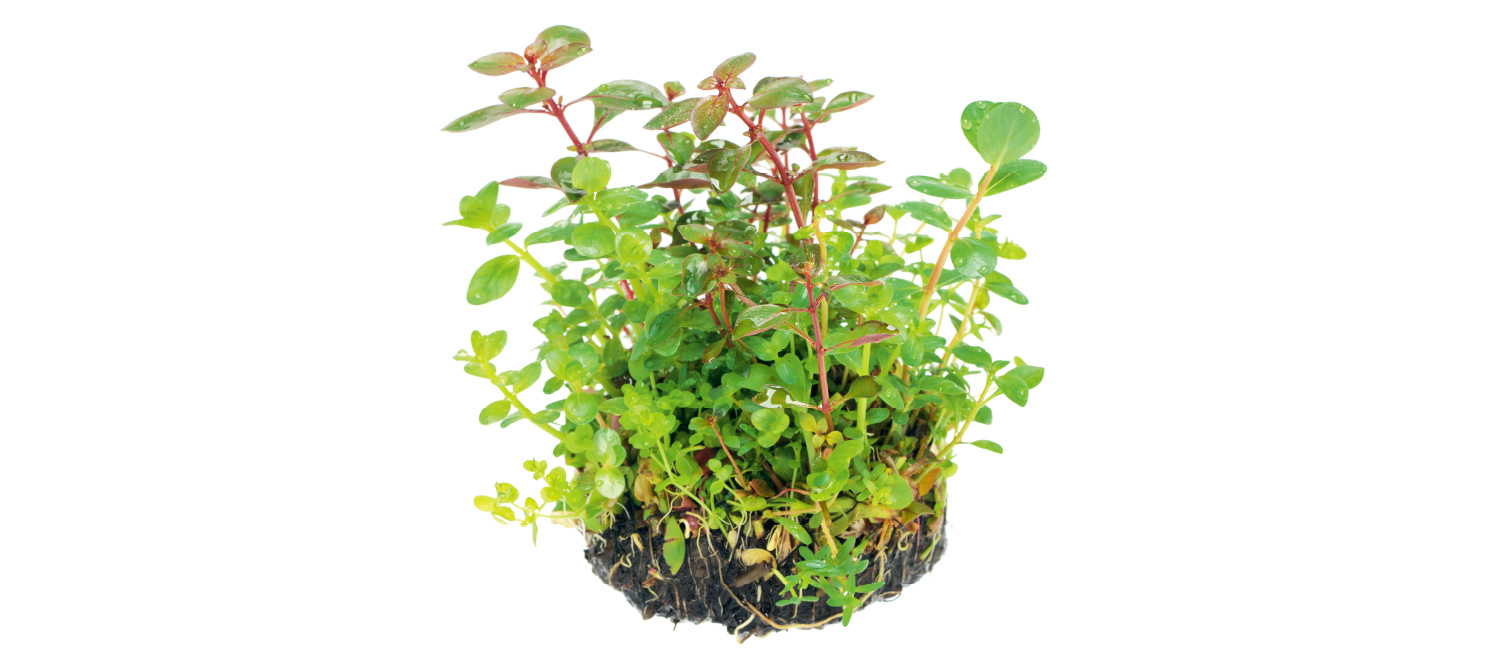
Wabi-Kusa Karen 6.5Ø
Small Wabi-Kusa that offers various aquatic plants such as skinny leaves, wide leaves, straight, creeping, green, yellowish green, yellow, red and purple.
Small Wabi-Kusa that offers various aquatic plants such as skinny leaves, wide leaves, straight, creeping, green, yellowish green, yellow, red and purple.
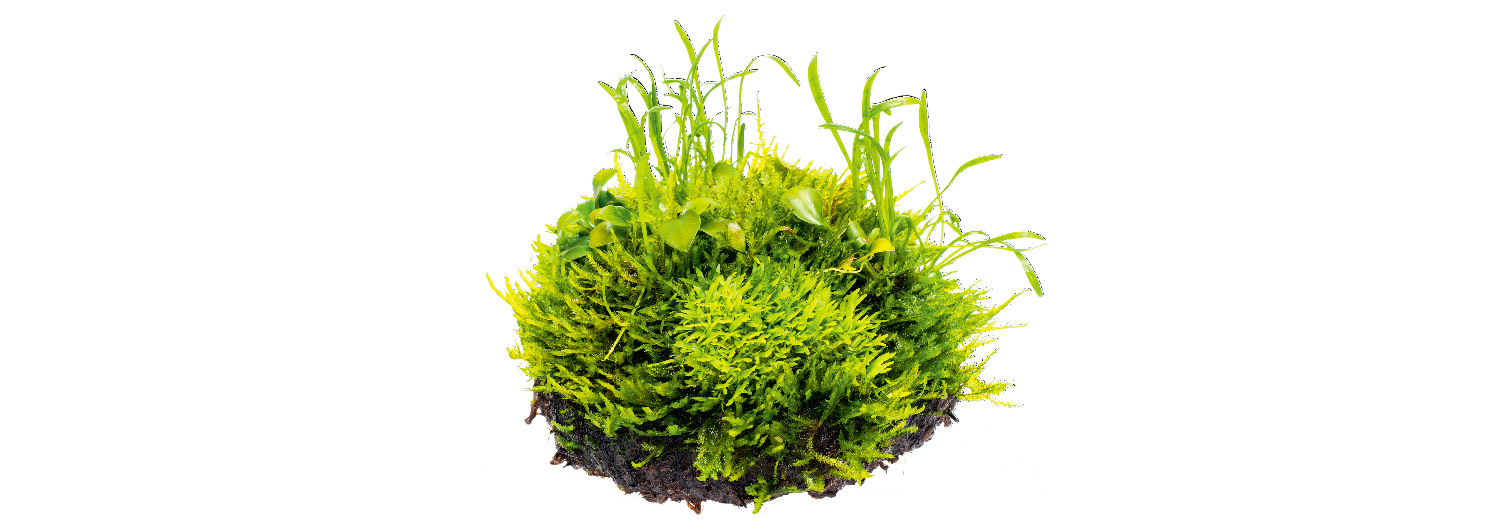
Wabi-Kusa Shizuku 9Ø
Wabi-Kusa for Glass Pot SHIZUKU. These aquatic plants grow slowly, and the hardy aquatic plants can be enjoyed slowly and deeply.
Wabi-Kusa for Glass Pot SHIZUKU. These aquatic plants grow slowly, and the hardy aquatic plants can be enjoyed slowly and deeply.
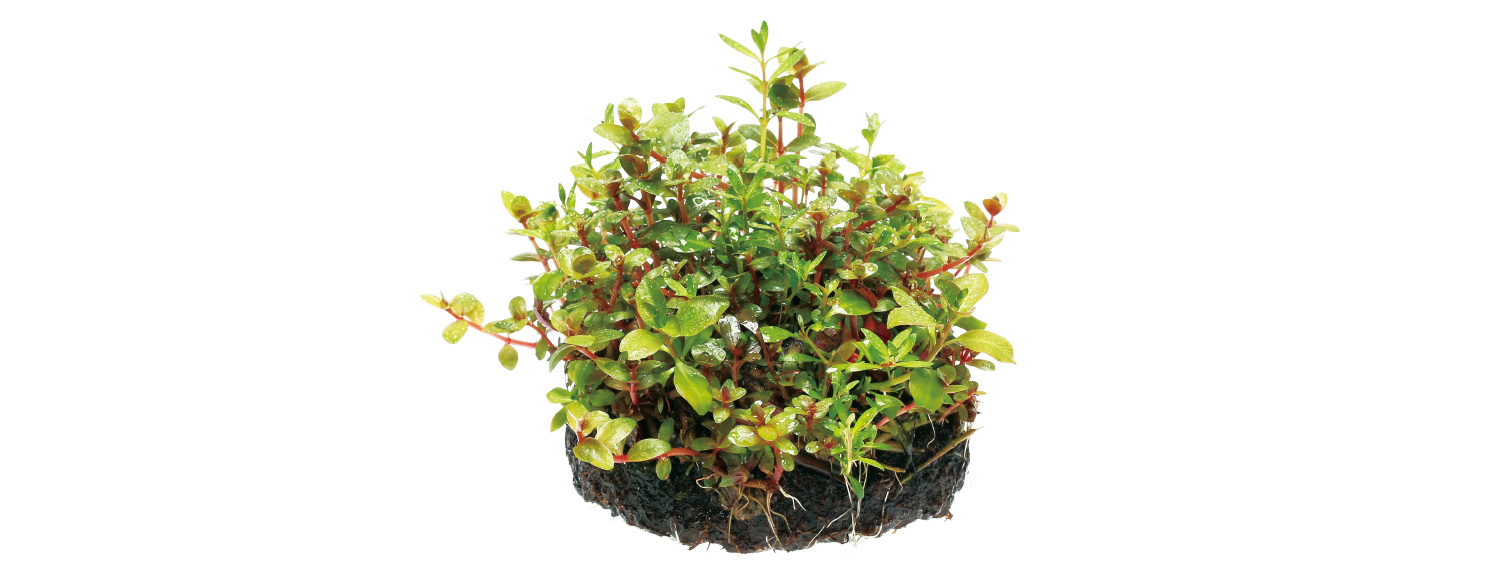
Wabi-Kusa Stem MIX Red 9Ø
Colorful aquatic plants in red shades can be cultivated. Enjoy growing a cluster of aquatic plants in bright red.
Colorful aquatic plants in red shades can be cultivated. Enjoy growing a cluster of aquatic plants in bright red.
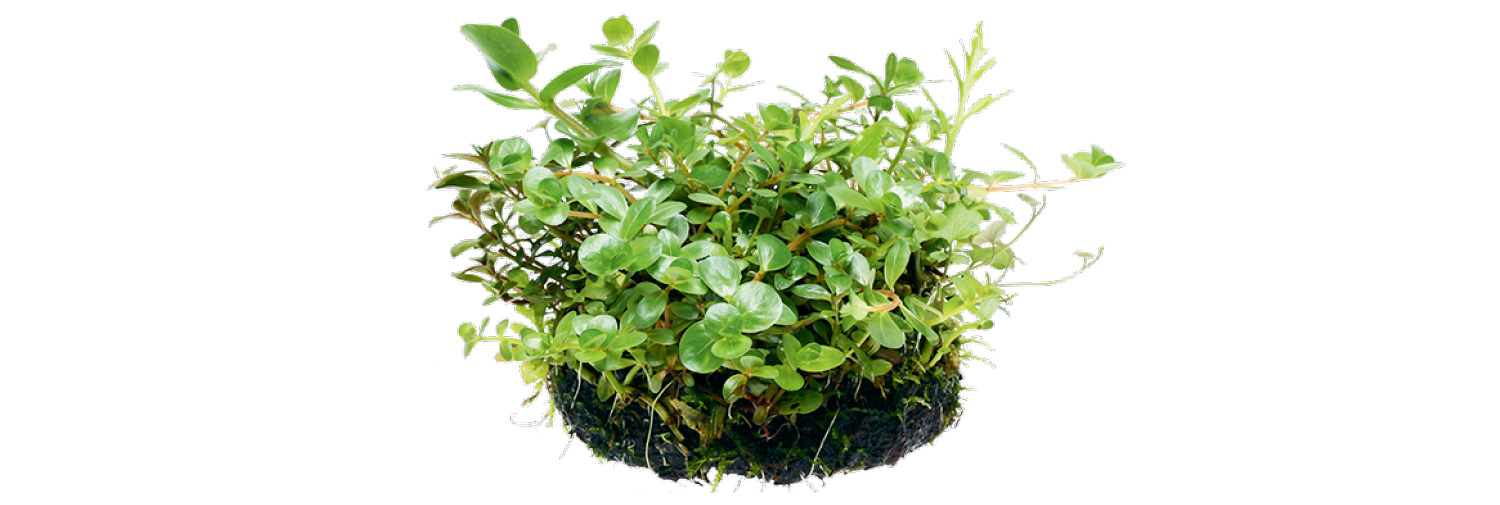
Wabi-Kusa Mossbase 9Ø
Species that can grow beautifully even in the environment where CO2 injection is limited, are vigorously rooted on this Wabi-Kusa. Moss can be spotted around the base.
Species that can grow beautifully even in the environment where CO2 injection is limited, are vigorously rooted on this Wabi-Kusa. Moss can be spotted around the base.
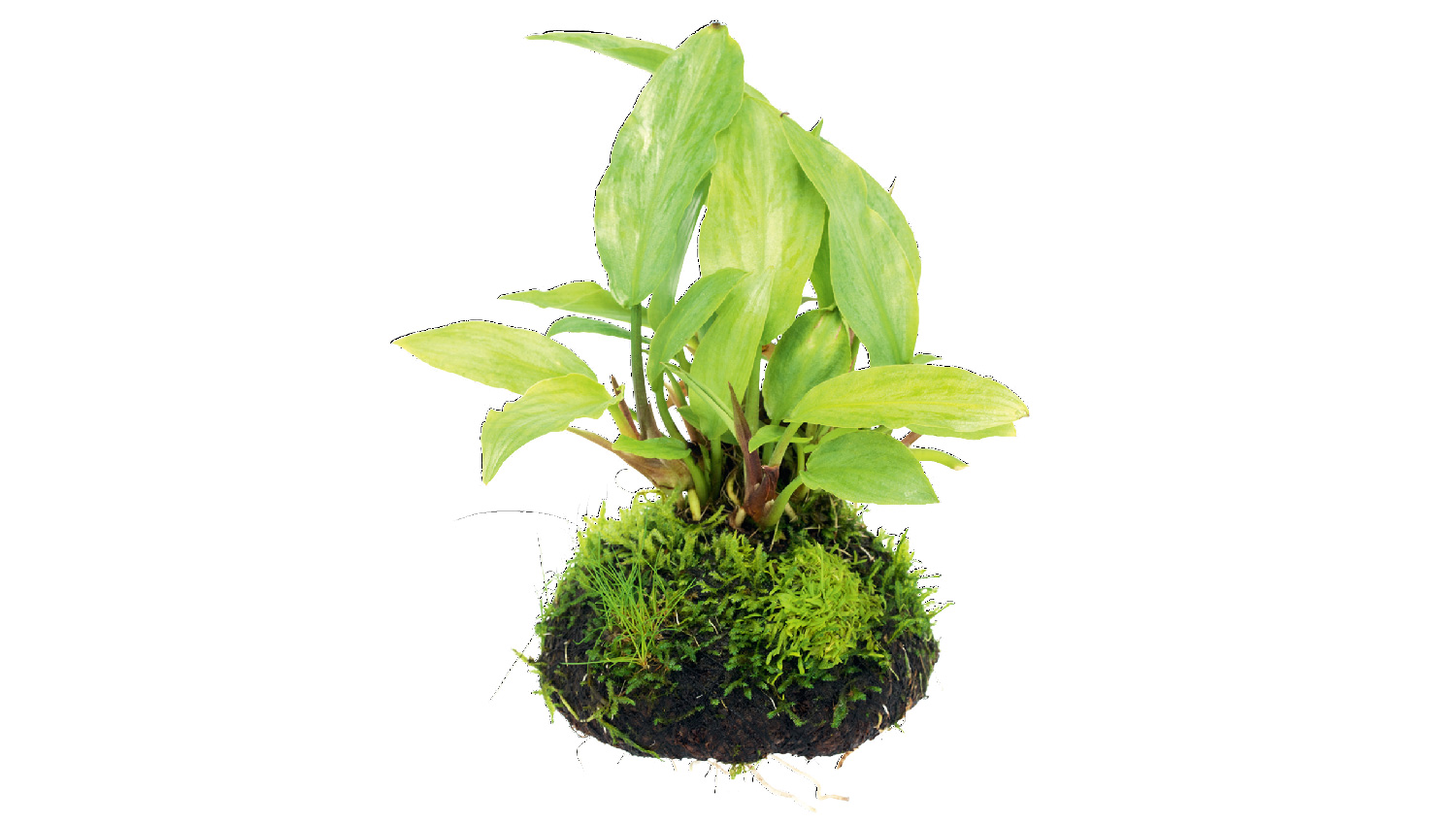
Wabi-Kusa Lagenandra 9Ø
The aquatic plant develops beautiful and eccentric flowers by carefully nurturing them. It is a must-have without doubt because they are hardy and easy to grow.
The aquatic plant develops beautiful and eccentric flowers by carefully nurturing them. It is a must-have without doubt because they are hardy and easy to grow.
Foreground Plant types

Wabi-Kusa Glossostigma elatinoides 5Ø
If it is your first carpet or foreground plant, we suggest that you start with Glossostigma elatinoides . The point is to place it by slightly burying it into the soil.
If it is your first carpet or foreground plant, we suggest that you start with Glossostigma elatinoides . The point is to place it by slightly burying it into the soil.

Wabi-Kusa Eleocharis parvula 5Ø
It helps express a flow of water and refreshing feelings impressively in layouts. It is useful when creating a refreshing aquascape.
It helps express a flow of water and refreshing feelings impressively in layouts. It is useful when creating a refreshing aquascape.

Wabi-Kusa Hydrocotyle tripartita 5Ø
This species can easily grow either in soil or cosmetic sand. The way the light green color spreads is delightful.
This species can easily grow either in soil or cosmetic sand. The way the light green color spreads is delightful.

Wabi-Kusa Hemianthus callitrichoides ‘Cuba’ 5Ø
Although this species is well-known as a carpet plant, when it keeps growing above water, it develops tiny pretty white flowers.
Although this species is well-known as a carpet plant, when it keeps growing above water, it develops tiny pretty white flowers.

Wabi-Kusa Micranthemum sp. 5Ø
It is a very pretty foreground plant with round shaped leaves in light green. Unique growth including creeping and weeping can be enjoyed. It is popular to be used in contests too.
It is a very pretty foreground plant with round shaped leaves in light green. Unique growth including creeping and weeping can be enjoyed. It is popular to be used in contests too.
Single type

Wabi-Kusa Hemianthus glomeratum 5Ø
It will grow into clear green tinged with strong yellow. Its leaves on stems smaller than leaves of Rotala are perfect for delicate expressions.
It will grow into clear green tinged with strong yellow. Its leaves on stems smaller than leaves of Rotala are perfect for delicate expressions.
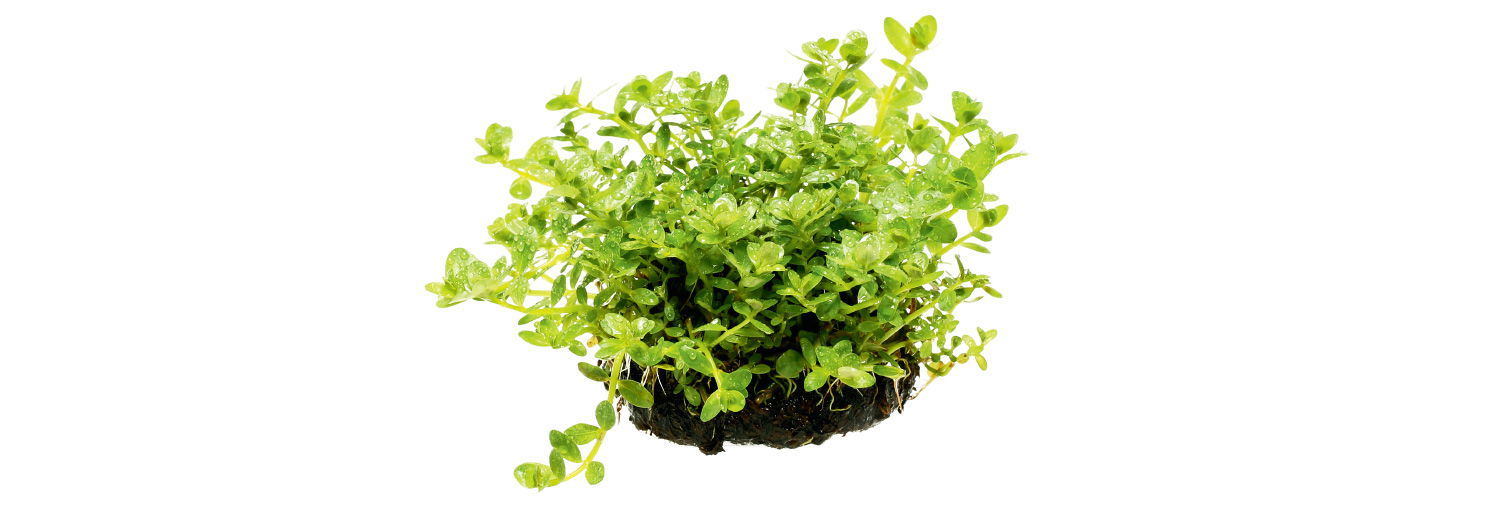
Wabi-Kusa Rotala rotundifolia ‘Green’ 6.5Ø
It is easy to grow, and a green shrub of this aquatic plant can be simply incorporated into aquascapes. It will work great for your first planted aquarium.
It is easy to grow, and a green shrub of this aquatic plant can be simply incorporated into aquascapes. It will work great for your first planted aquarium.

Wabi-Kusa Rotala rotundifolia 6.5Ø
It develops red fine leaves and forms into a red shrub. When the leaves are flipped over with a flow of water, the back of the leaves looks bright and beautiful.
It develops red fine leaves and forms into a red shrub. When the leaves are flipped over with a flow of water, the back of the leaves looks bright and beautiful.
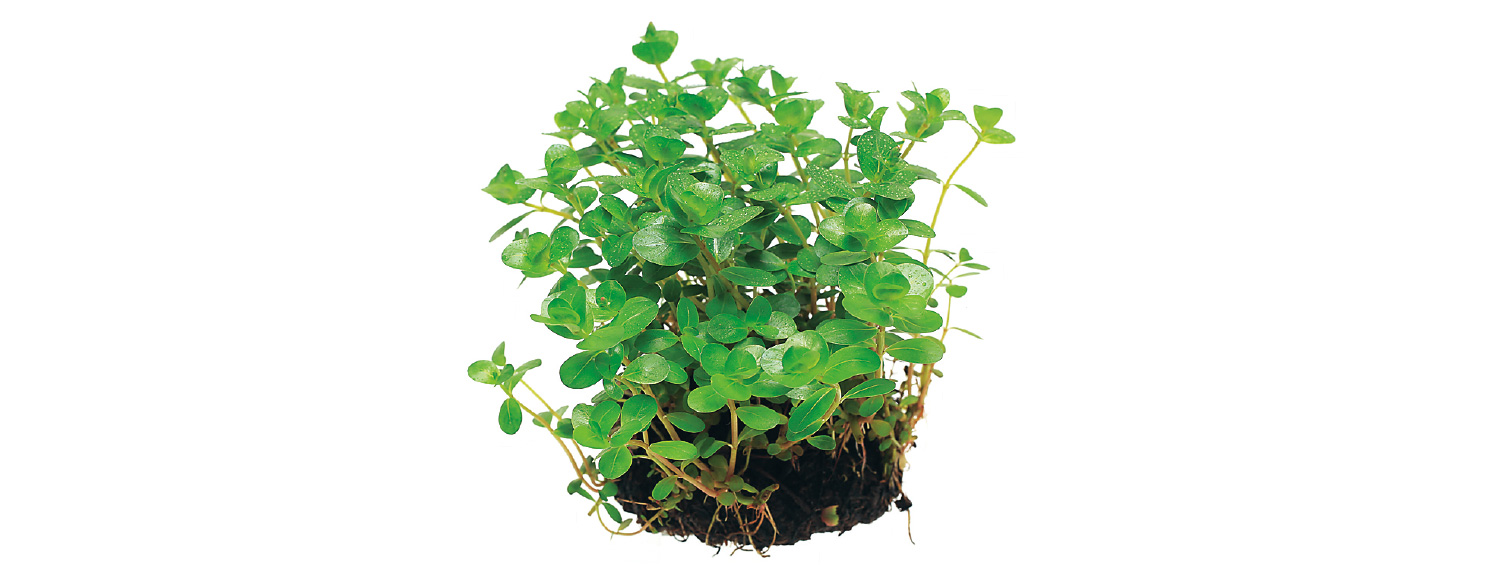
Wabi-Kusa Rotala rotundifolia ‘Ceylon’ 6.5Ø
It will grow into pale red color. If planting this aquatic plant between green and red, the continuity and cohesiveness is added to the cluster.
It will grow into pale red color. If planting this aquatic plant between green and red, the continuity and cohesiveness is added to the cluster.

Wabi-Kusa Rotala rotundifolia ‘Fujian’ 6.5Ø
It will grow into warm orange color tinged with yellow. By combining it with other Rotala, depth can be effectively created.
It will grow into warm orange color tinged with yellow. By combining it with other Rotala, depth can be effectively created.

Wabi-Kusa Rotala Hra. 6.5Ø
It has a prominent presence in very bright crimson. It gives you a chance to show your skills when controlling its positions and volume.
It has a prominent presence in very bright crimson. It gives you a chance to show your skills when controlling its positions and volume.

Wabi-Kusa Rotala nanjean 6.5Ø
It develops fine leaves in green with yellow hue. It creates a bright atmosphere, and is effective for distance view expressions.
It develops fine leaves in green with yellow hue. It creates a bright atmosphere, and is effective for distance view expressions.

Wabi-Kusa Hydrocotyle verticillata 5Ø
It has a fun impression because of the way its round shaped leaves grow. It is popular because it is easy to grow above water.
It has a fun impression because of the way its round shaped leaves grow. It is popular because it is easy to grow above water.

Wabi-Kusa Ranunculus inundatus 5Ø
Its distinctive leaves are impressive even in aquascapes, and unique expressions can be created. It crawls and spreads while growing.
Its distinctive leaves are impressive even in aquascapes, and unique expressions can be created. It crawls and spreads while growing.

Wabi-Kusa Hygrophila polysperma 6.5Ø
It develops long and slightly large leaves in green with yellow hue. By balancing with planting and changing sizes of leaves, it becomes easier to use for short range view expressions.
It develops long and slightly large leaves in green with yellow hue. By balancing with planting and changing sizes of leaves, it becomes easier to use for short range view expressions.
